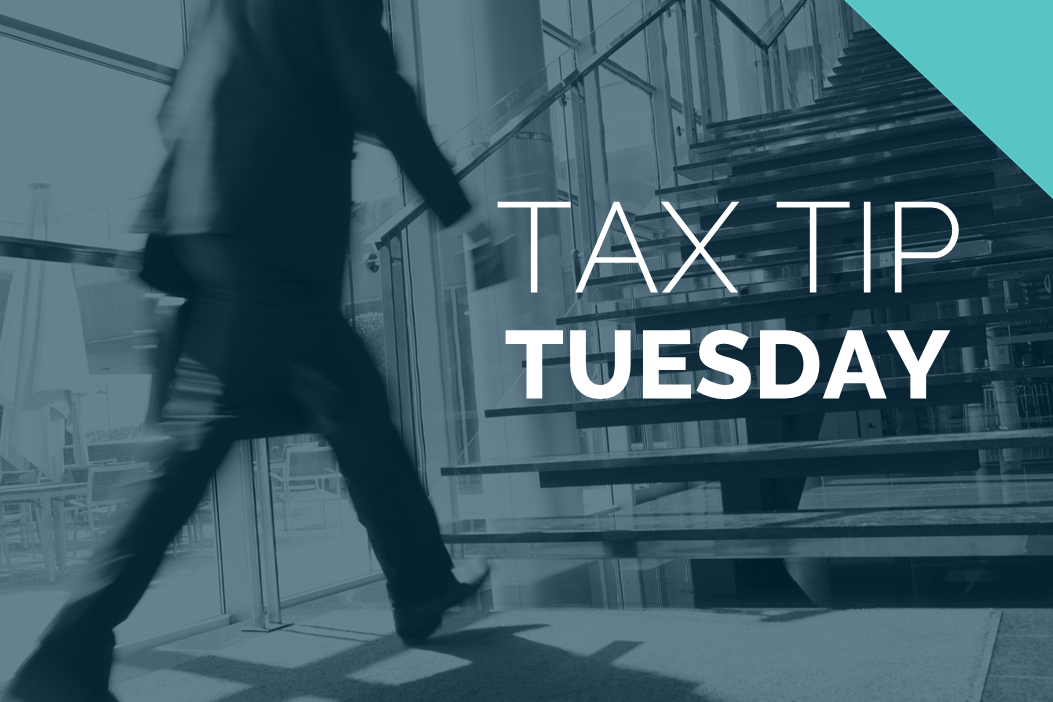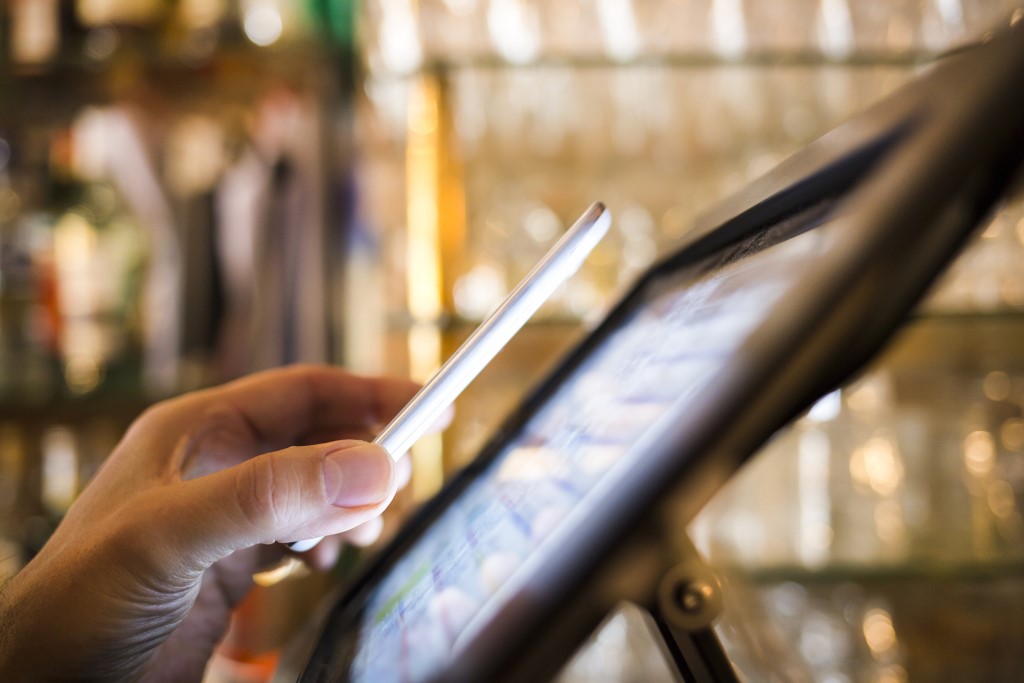Effective May 21, 2023, P&N has joined EisnerAmper. Read the full announcement here.

While paying personal income taxes is generally not an enjoyable task, the IRS has made it more convenient in recent years by offering several payment methods. These methods include online payments, payments by phone, and of course, there’s even an app for that! Below, we outline some tech-savvy options to consider, as well as the traditional personal income tax payment methods that are still available.
Payment Methods
- Check – Even in the digital age, this tried and true method still works. If paying by check, make sure to send it with the relevant payment voucher. On the memo line of your check, include details such as your social security number and what you are paying (e.g., “2019 Form 1040 Estimated Tax 3rd Quarter”). When mailing anything to the IRS, the best practice is to use the USPS certified mail service with return receipt requested.
- IRS Direct Pay – This free tool schedules a secure payment directly from your bank account. You can schedule payments up to 30 days prior to the date you want the money transferred and receive instant confirmation of your transaction. IRS Direct Pay also allows you to change or cancel payments up to two days before the scheduled withdrawal.
- Electronic Funds Withdrawal – If your return will be electronically filed, you can provide your bank account information to have the balance withdrawn on a specific date. This option is only available through e-File. Although the IRS does not charge for this payment method, your financial institution may impose a fee.
- Credit/Debit Cards – Make payments online, by phone, or on your mobile device with a credit or debit card. For debit cards, the authorized payment processor typically charges a flat fee of $3.95 or less. For credit cards, the fee is approximately 2% of the amount paid (with a minimum fee of roughly $2.50). Thus, it’s important to keep in mind that a larger credit card payment will incur a larger fee.
- Cash – Believe it or not, you can still pay your Federal income tax with cash if your payment is $1,000 or less. Over 7,000 participating retail partners will help facilitate cash payments. A fee of $3.99 applies for cash payments.
- IRS2Go app: You can download the IRS2Go app from Google Play, Apple or Amazon app stores and use your mobile device to make payments through IRS Direct Pay or with your credit/debit card.
Payment Plans
If you have an income tax balance due and you are unable to pay it all at one time, you can apply for an installment plan. On the IRS website, click “Make a Payment” and go to the “Can’t Pay Now?” section. Once you determine that you qualify for a payment plan, complete the Online Payment Agreement Application. Since you will still incur penalties and interest when paying your tax balance in installments, it is advisable to pay off the balance as quickly as you can afford.
Estimated Payments
If your income tax burden is not satisfied by tax withholding, you may need to make individual quarterly estimated payments to avoid an underpayment penalty. The due dates for individual estimated payments are April 15, June 15, September 15, and January 15 each year.
State Taxes
Please note that while the above tips and resources are for Federal personal income tax returns, each state has similar online payment options. Visit your state’s department of revenue website or ask your P&N tax advisor for more information.
If you need help navigating the payment methods available to you, contact us to discuss your options.



